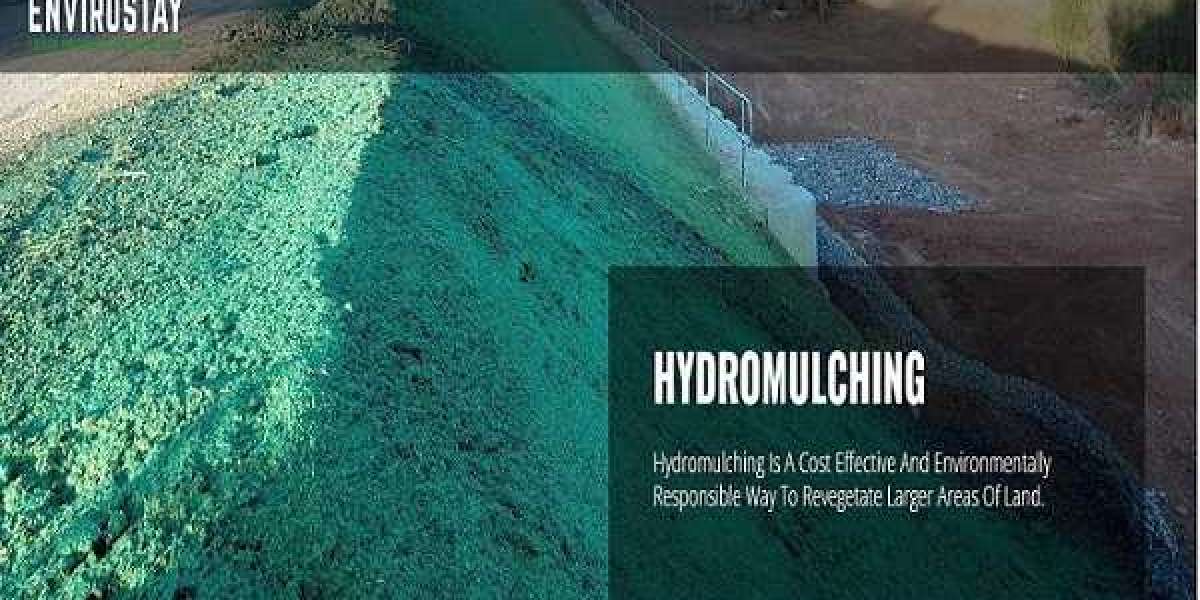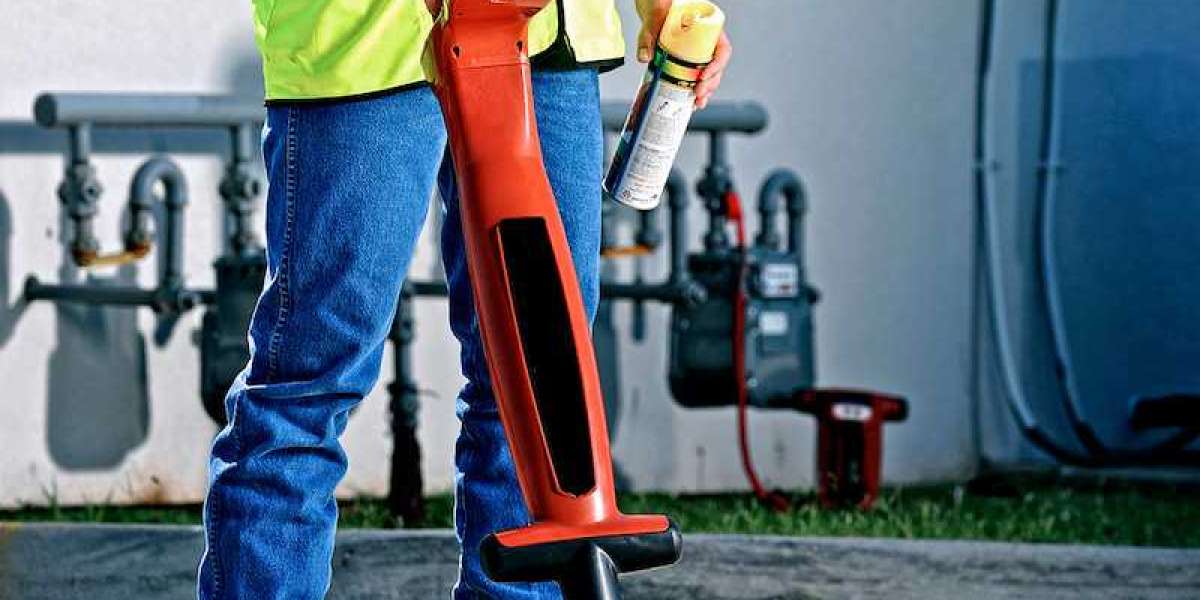Introduction:
In the realm of environmental conservation and sustainable land management, soil erosion is a critical challenge that demands effective solutions. Fortunately, the innovative practice of hydromulching has emerged as a powerful tool for soil stabilization and erosion control. With its remarkable ability to protect vulnerable landscapes and promote vegetation growth, hydromulching has become the go-to method for mitigating erosion and ensuring long-term environmental stability.
Understanding Hydromulching
Hydromulching, also known as hydroseeding, is a process that involves spraying a slurry of water, seed, mulch, and other additives onto bare or disturbed soil surfaces. This technique effectively establishes a protective cover that stabilizes the soil, prevents erosion, and promotes plant growth. Hydromulching has gained immense popularity due to its cost-effectiveness, efficiency, and environmental sustainability.
One of the primary benefits of hydromulching is its ability to stabilize soil. When applied to bare or disturbed soil, the hydromulch mixture forms a protective layer that adheres to the surface, preventing the loss of soil particles due to wind or water erosion. The mulch component of the slurry acts as a natural binder, anchoring the soil and minimizing the risk of displacement. As a result, hydromulching significantly reduces soil erosion, especially on slopes or areas prone to runoff.
Hydromulching provides comprehensive erosion control solutions for a wide range of landscapes and environmental conditions. By effectively safeguarding the soil surface, it prevents the formation of rills, gullies, and other erosive features. The mulch and seed components of the hydromulch mixture also enhance vegetation growth, which further reinforces the soil structure and reduces erosion risks. Additionally, the hydroseeding process allows for the targeted application of erosion control additives, such as soil stabilizers and tackifiers, further enhancing the overall effectiveness of the technique.
The protective cover established through hydromulching acts as a shield against erosive forces, safeguarding the underlying soil from the damaging effects of rainfall, wind, and other environmental factors. By providing a physical barrier and promoting the growth of vegetation, hydromulching helps retain moisture, reduces surface runoff, and slows down the velocity of water, preventing it from carrying away valuable topsoil. Consequently, erosion protection becomes a reality, leading to long-term sustainability of the land and preserving its ecological balance.
Environmental and Economic Benefits:
Hydromulching offers a host of environmental and economic benefits. The use of organic mulch materials, such as straw, wood fibers, or recycled paper, reduces the demand for synthetic alternatives and minimizes the risk of pollution. The establishment of vegetation through hydromulching contributes to carbon sequestration, improves air quality, and enhances biodiversity. From an economic perspective, hydromulching proves to be cost-effective, requiring fewer resources and labor compared to traditional erosion control methods. Its rapid germination and establishment of vegetation lead to faster and more reliable erosion control, reducing the need for costly reseeding and maintenance.
Conclusion:
Hydromulching has emerged as an invaluable technique for soil stabilization and erosion control. Its ability to form a protective layer, promote vegetation growth, and reduce erosion risks makes it an ideal solution for diverse landscapes, from construction sites and mine reclamation areas to highway embankments and residential developments. By adopting hydromulching as a standard practice, we can ensure the long-term sustainability and preservation of our precious natural resources while mitigating the adverse effects of soil erosion. https://www.envirostay.com.au/








